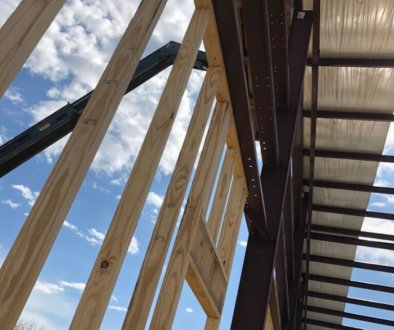Data Center Temperature Monitoring is Critical
 Anyone responsible for maintaining a server room or data center knows how important it is to carry out temperature monitoring. Computers nowadays generate a considerable amount of heat while they work and if this isn’t dealt with it can lead to system instability and costly problems.
Anyone responsible for maintaining a server room or data center knows how important it is to carry out temperature monitoring. Computers nowadays generate a considerable amount of heat while they work and if this isn’t dealt with it can lead to system instability and costly problems.
Electrical components of a computer such as a processor produce heat as they work. This heat is transferred to the air surrounding the component and so the area inside and around the computer heats up.
Prevention is key
Where you’ve only got a domestic or home computer this waste heat isn’t a problem but in large server rooms and data centers, the amount of heat generated by the myriad of integrated circuits can impact the room considerably. This can become very uncomfortable for the staff working in those environments but that isn’t the only problem. If computer components get too hot then they start to malfunction and sometimes can even melt. Initially, there may be temporary outages or loss of data but these can become more severe or there may even be permanent damage. Either way, there will be severe implications for the business involved.
Is overheating the only problem?
Heat isn’t the only issue that operators of large data centers need to be aware of, there’s also a necessity to monitor humidity, smoke, water and power supplies but heat will always be present and is an issue that is simply resolved. The obvious answer would be to install air conditioning but that’s not always the best solution. Air conditioning units may actually cause drops and spikes in temperature and humidity as they come on and switch off and they may not be placed in the optimum position to address the heat problems evident.
To deal with the problem effectively it’s important to understand when and where the warm spots in the room occur and also how the air circulates around the room disbursing the heat. Using a temperature monitoring system will help collate data about the temperature at key places within the room and around equipment and will provide timely alerts for staff so that they can avert problems before they arise ensuring consistent up-time of necessary networks and computers and avoiding costly disasters.




